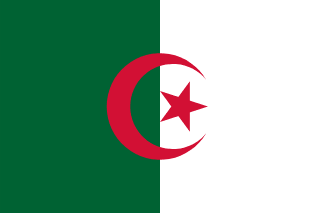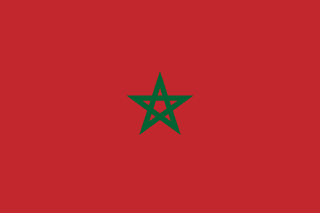Roti – often also referred to as chapati – is a flat, unleavened Indian bread that is a staple in South Asia. Continuing our series on global bread culture, we’ve unlocked the history behind this delicious bread, showcasing some of its many varieties so that you can eat your way around the world.
A brief history

The popularity of the roti stretches far and wide around the world
There are mixed stories when it comes to the origins of the humble roti. Some say it originated from the Egyptian Indus Valley civilisation over 5000 years ago, while other sources suggest it was created in East Africa and later introduced to India. However, most of the evidence points to this delightfully simple bread being founded in Southern India. Regardless of its history, its popularity still stretches far and wide. And each culture has its own delicious take on the roti.
The bread

Roti is best served immediately, coated in ghee or butter
Roti bread is as simple as it is tasty. The dough is made from wholemeal flour, a pinch of salt and lukewarm water – and produces the best batch when made five to 10 minutes before cooking. Once all the ingredients are combined, the dough is divided evenly into small, rolled balls, which are then flattened into 5-inch-wide circular bases. These are cooked on a piping hot skillet or over a small, open flame – there’s no standard time to cook but it’s gauged by appearance (usually, you wait for bubbles to form on top of the bread before turning it over). The cooked roti is best served immediately, coated in ghee or butter. It can be eaten plain but it’s traditionally accompanied with dhal or curry – rip it apart with your hands when it’s time to feast.
Rumali Roti in India

Rumali roti is a soft, wafer-thin variant of a chapati
A rumali roti is a soft, thin variant of a chapati (in many north Indian languages, rumali roti means ‘handkerchief bread’) found in India and the province of Punjab in Pakistan. It’s made using maida flour (finely milled white flour), oil and milk, which is all kneaded together and left to rest for 20 minutes. The dough is then divided into small balls and rolled until it’s extremely thin. The roti is cooked on a piping hot karahi (a wok-like, traditional cooking pot of the Indian subcontinent), with the pot turned upside down and the bread cooked on the base. Once cooked, it is folded into a triangular shape and served immediately, best accompanied with a tandoori dish. Head to the restaurant Cafe Goodluck located in Deccan Gymkhana, Pune to find a rumali roti. Stay close by at Swaroop Hotel.
Roti canai in Malaysia

Tuck into a soft-on-the-inside, flaky-on-the-outside roti canai in Malaysia
Roti canai is an Indian-influenced flakey flatbread. Some say
Book now on our platform and embark on a unique and memorable travel experience.
Roti Prata in Singapore

Roti para stalls can be found all over Singapore, ranging from soft and chewy to thin and super crispy
Some believe roti prata evolved from pancake recipes found in the Punjab region of India. But these days it’s a very popular snack in Singapore, with the most common version to be found in the city often stuffed with ingredients. Typically, that involves a lot of egg, however, you can also find fillings like cheese, chocolate and ice-cream. The texture of the dough can slightly differ from maker to maker, ranging from soft and chewy to super crispy.
Roti para stalls can be found all over Singapore, with many staying open 24/7 – for those craving a late-night feast, head to the famous street Jalan Kayu in the area of Sengkang. Stop in at Thasevi Food and order the famous Paper Prata, which is a thin, crisp prata in the shape of a cone. Stay at Hotel 81 Kovan so you can pop in whenever you’re feeling hungry.
Dhal Puri in Suriname

Found throughout the Caribbean, Dhal Puri is an Indian-inspired roti stuffed with a seasoned dhal filling
Dhal puri is a type of Indian-inspired roti stuffed with a seasoned dhal filling, which can be found throughout the Caribbean, particularly in the small country of Suriname. To make the dhal puri, a boiled dhal and roasted cumin seed paste is kneaded into a standard roti dough. That dough is then divided into balls, with a spoonful of the dhal mixture encased within each. The dough is then rolled out into a circular shape and cooked on a hot skillet. It’s best served fresh accompanied with a sour chutney or with a chicken curry. If you’re interested in feasting on a fresh dhal puri, visit the restaurant Roopram, which is located in Suriname’s capital, Paramaribo. Stay close by at Hotel Palacio.

 English
English Français
Français عربي
عربي DZD
DZD TRY
TRY EUR
EUR TND
TND MAD
MAD EGP
EGP AED
AED GBP
GBP